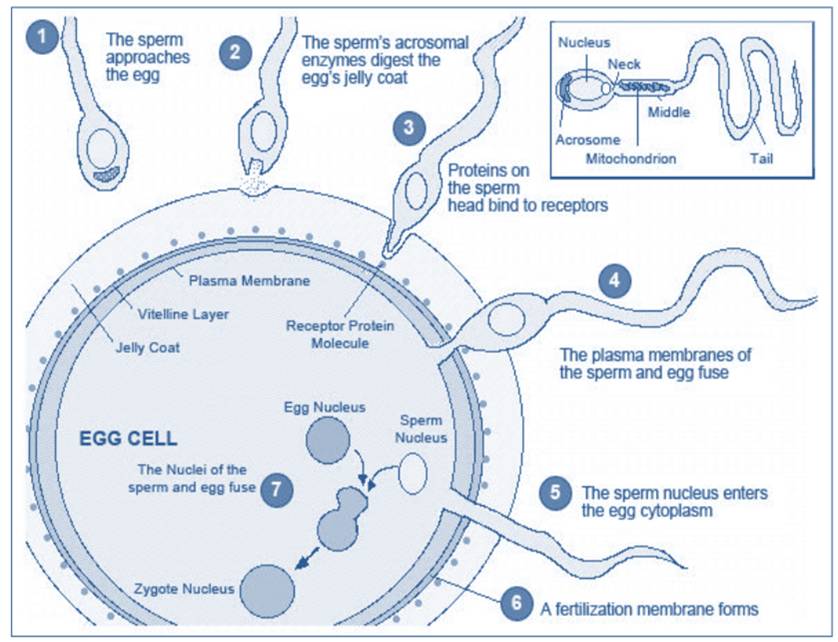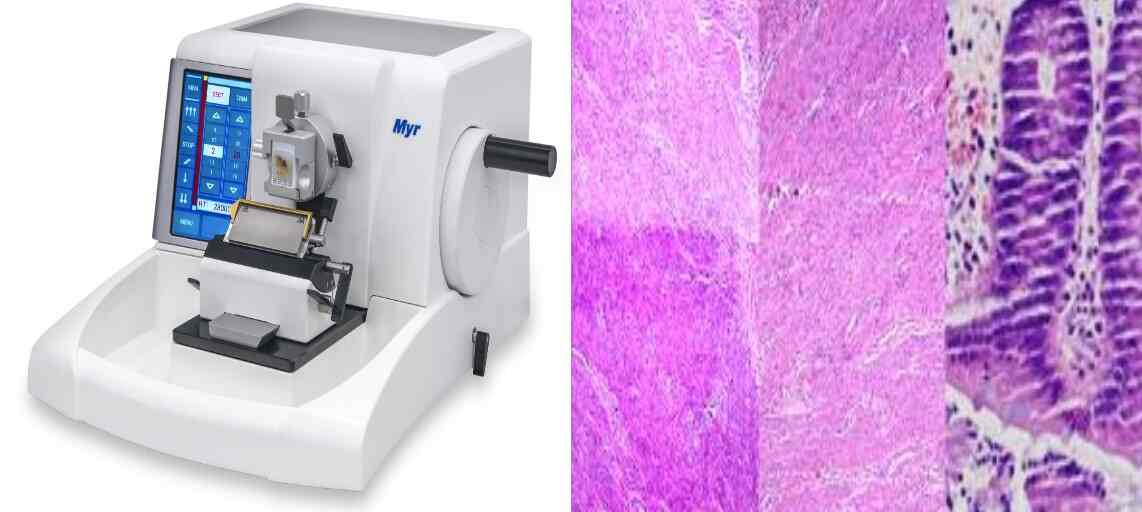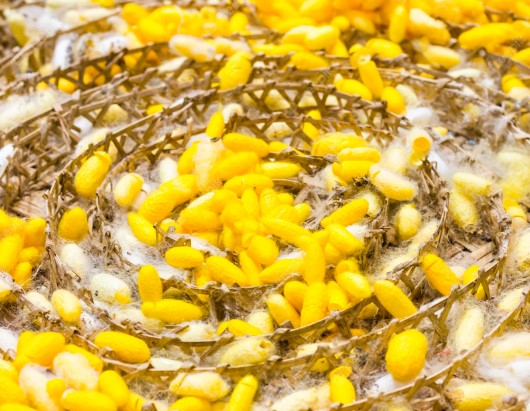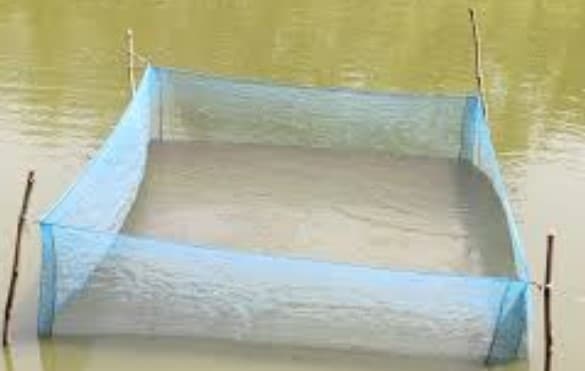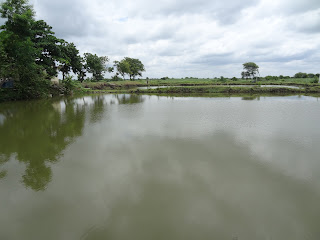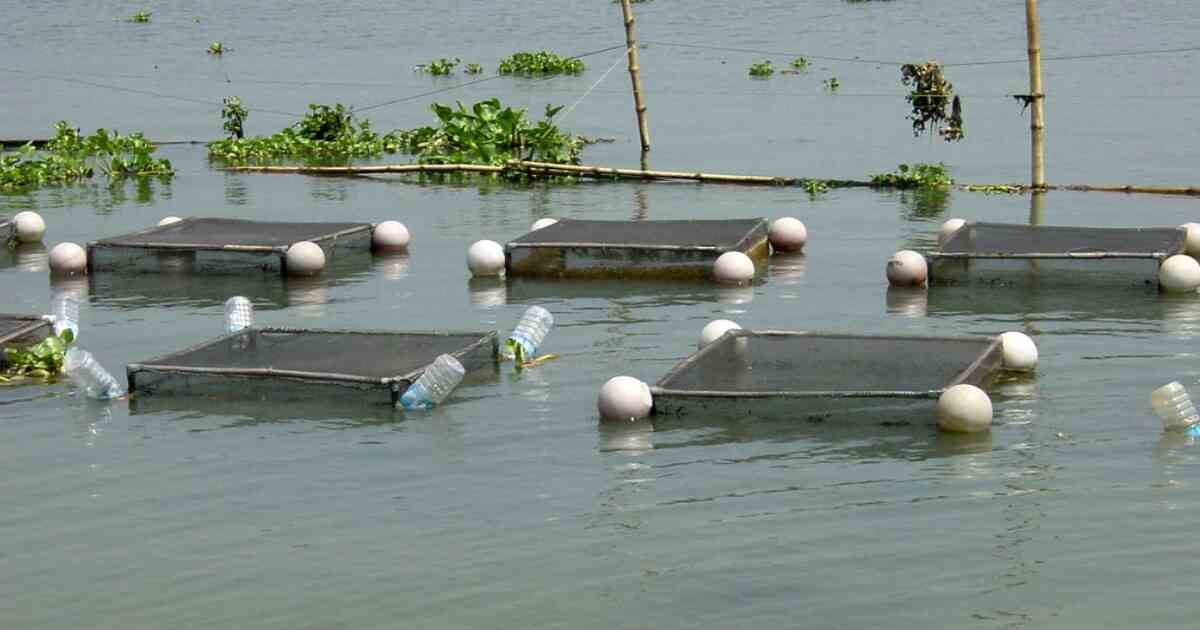Ponds for Hatching/Spawning of Fishes in India: Ponds for hatching, commonly known as hatchery ponds, are aquatic environments specifically designed and managed for the incubation and hatching of fish, shrimp, or other aquatic organisms’ eggs. These ponds provide optimal conditions for the early stages of life, helping ensure high survival rates and healthy development of the hatched larvae.
Ponds for Hatching/Spawning of Fishes in India
Here are the key features and considerations for hatchery ponds:
- Water Quality: Maintaining suitable water quality is critical for successful hatching. Factors like temperature, dissolved oxygen levels, pH, and ammonia concentrations must be carefully monitored and controlled to create the ideal conditions for egg development and larval survival.
- Egg Incubation: Hatchery ponds are designed to protect eggs from environmental fluctuations and predators. Eggs can be placed in containers, baskets, or substrates within the pond to prevent them from being dispersed or eaten by other organisms.
- Substrate: Some hatchery ponds use artificial or natural substrates, such as gravel or aquatic plants, where eggs can adhere and develop. These substrates provide protection and a suitable microenvironment for hatching. ‘Ponds for Hatching/Spawning of Fishes in India’
- Aeration and Water Movement: Adequate aeration and water movement help maintain oxygen levels and prevent the buildup of harmful gases around the eggs and developing larvae.
- Feeding of Larvae: Depending on the species, some hatchery ponds may incorporate natural food sources or provide specialized feeds for the newly hatched larvae. The size and nutritional composition of the feed should match the requirements of the specific species.
- Protection from Predators: Measures are taken to prevent predators, such as insects, birds, and other fish, from accessing the eggs and larvae. Netting, screens, or physical barriers can be used to create a protective environment.
- Monitoring and Maintenance: Regular monitoring of water quality, egg development, and larval health is crucial. Any deviations or issues need to be addressed promptly to ensure the success of the hatching process.
- Graduation and Transfer: As the larvae develop and grow, they may need to be graduated to larger ponds or tanks where they can continue their growth and development. This step is crucial to prevent overcrowding and ensure proper nutrient availability.
- Species-Specific Considerations: Different species have varying requirements for hatching and early development. Hatchery pond conditions and management practices need to be tailored to the specific needs of the species being cultured.
- Biosecurity: To prevent the introduction and spread of diseases, biosecurity measures are implemented to maintain a clean and disease-free environment within the hatchery facility.
Hatchery ponds are essential components of aquaculture operations, as they provide a controlled and protected environment for the most vulnerable life stages of aquatic organisms. They play a critical role in the production of seedlings or larvae that will be used for further growth in nursery ponds or other aquaculture systems. Proper management of hatchery ponds contributes to the overall success and sustainability of aquaculture ventures and fisheries management.
Hatching Pit
The fertilized eggs are kept into hatching pits for hatching. At the time of construction of hatching pits one should see that the hatching pit:
(1) should be nearer to the breeding grounds.
(2) should be smaller in size.
(3) should contain such a quantity of water which must dry within a month or two.
(4) should be more in number.
Types of hatching pits
Hatching pits are of two types:
1. Hatcheries
These are small sized ponds in which fertilized eggs are transferred. After 2 to 15 hours the fertilized eggs are hatched. Some draw backs make the hatcheries unfit for advanced fish culture programme. These drawbacks are as under:
(i) sudden rise and fall in temperature
(ii) entrance of predators in ponds
(iii) drying of water from ponds may cause mortality of eggs.
To overcome all these drawbacks specially designed hatcheries and hatching hapas are constructed.
| Hatching Pits |
2. Hatching hapas.
Hapas are rectangular trough shaped tanks made up of cloth supported by bamboo poles fixed in the river. In these hapas fish eggs are aerated by continuous flow of current. The size of hapa us about 7’x15’x1′ and is made up of mosquito net cloth which is fixed into outer larger hapa made up of coarse cloth. Two types of hapus are designed
(a) Fixed type hapa. If possible to fix the perpendicular poles (arms of hapa) only then the fixed type of hapa is used for hatchings of eggs otherwise floating type of hapas should be used.
(b) Floating type hapa. In hard bottom areas where it is not possible to use fixed hapas, floating hapas are built. These hapas are arranged in large number in series attached with the bamboo and floated on water surface.
To avoid overcrowding of eggs, only one layer of eggs is spread in each hapa. Hatching of eggs takes place in the outer hapas leaving the egg mambrane i the inner one. The hatchings are kept for 36 to 48 hours in hapas and then tranferred to the nurseries.

